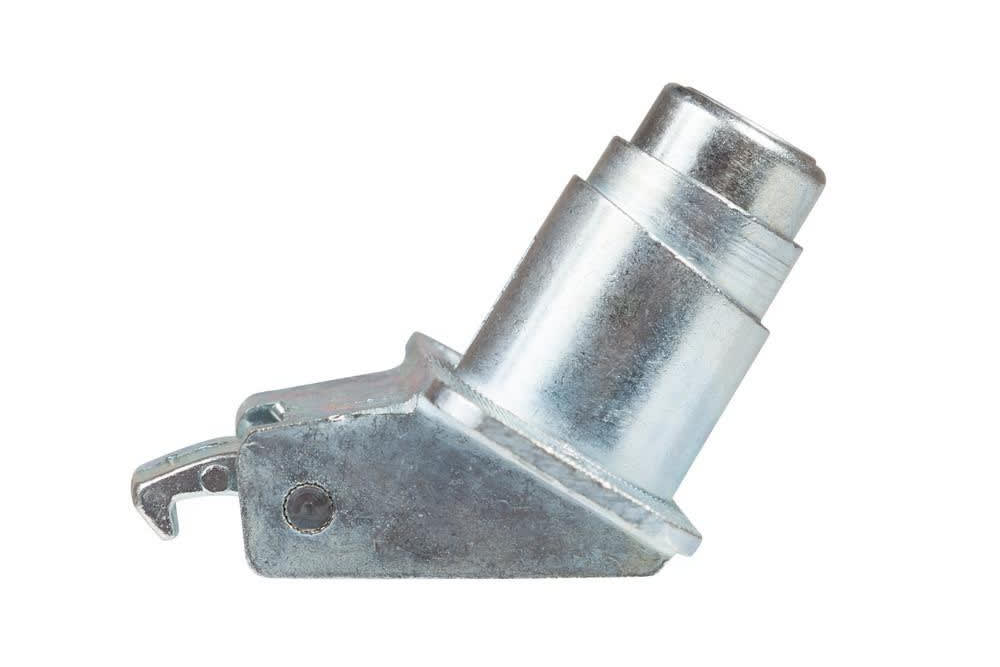

Keeping a vehicle safe is usually one of the top priorities that a vehicle owner will have. There are a number of mechanisms on a car that help to keep the contents inside of the car safe. On the doors and hatches of most cars, there will be a locking mechanism that will help to keep would be thieves out of the vehicle. In order to unlock these mechanisms, a person will have to possess the right key for the lock. As time goes by, the door or hatch lock cylinder may begin to show signs of wear. Each time that a driver has to access the cabin or trunk space of car, these lock mechanisms will be used.
The hatch lock cylinder on a car is designed to last as long as the vehicle does, but this is not always the case. The inside of a lock cylinder is a system of rigid metal that has to have a certain key design to unlock it. The more use that the cylinder gets, the more wear the metal inside of it will start to have. In order for the lock to work smoothly, it will have to keep the right amount of lubrication. Over time, the lubrication on the inside of the lock will being to dry up and can cause the internal parts to freeze up.
While there are a number of spray lubricants on the market that can help to lubricate the lock, it will only be a temporary fix. Having a bad hatch lock cylinder can prohibit your ability to access certain parts of your car. When a hatch lock cylinder is going bad, here are some of the warning signs that you may start to notice:
- The key will not unlock the hatch
- The key just spins when trying to unlock the hatch
- The key becomes stuck in the hatch lock due to a lack of lubrication.
By getting this lock fixed in a hurry, you will not have to worry about being locked out of this portion of your vehicle. Trying to replace a hatch lock cylinder can be quite difficult unless you have previous experience. If you need help replacing your hatch lock cylinder, make sure that you get in contact with a certified mechanic.



